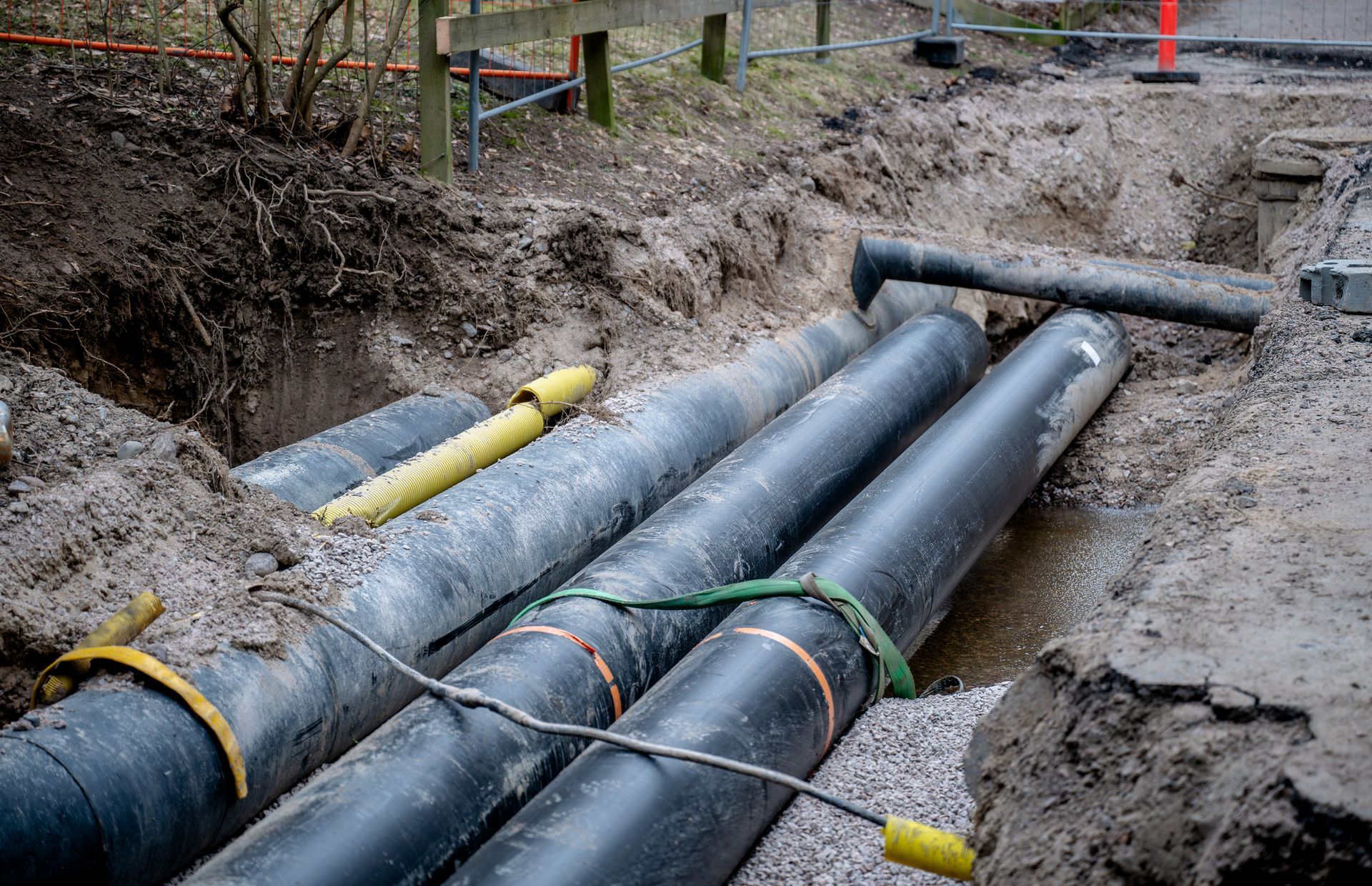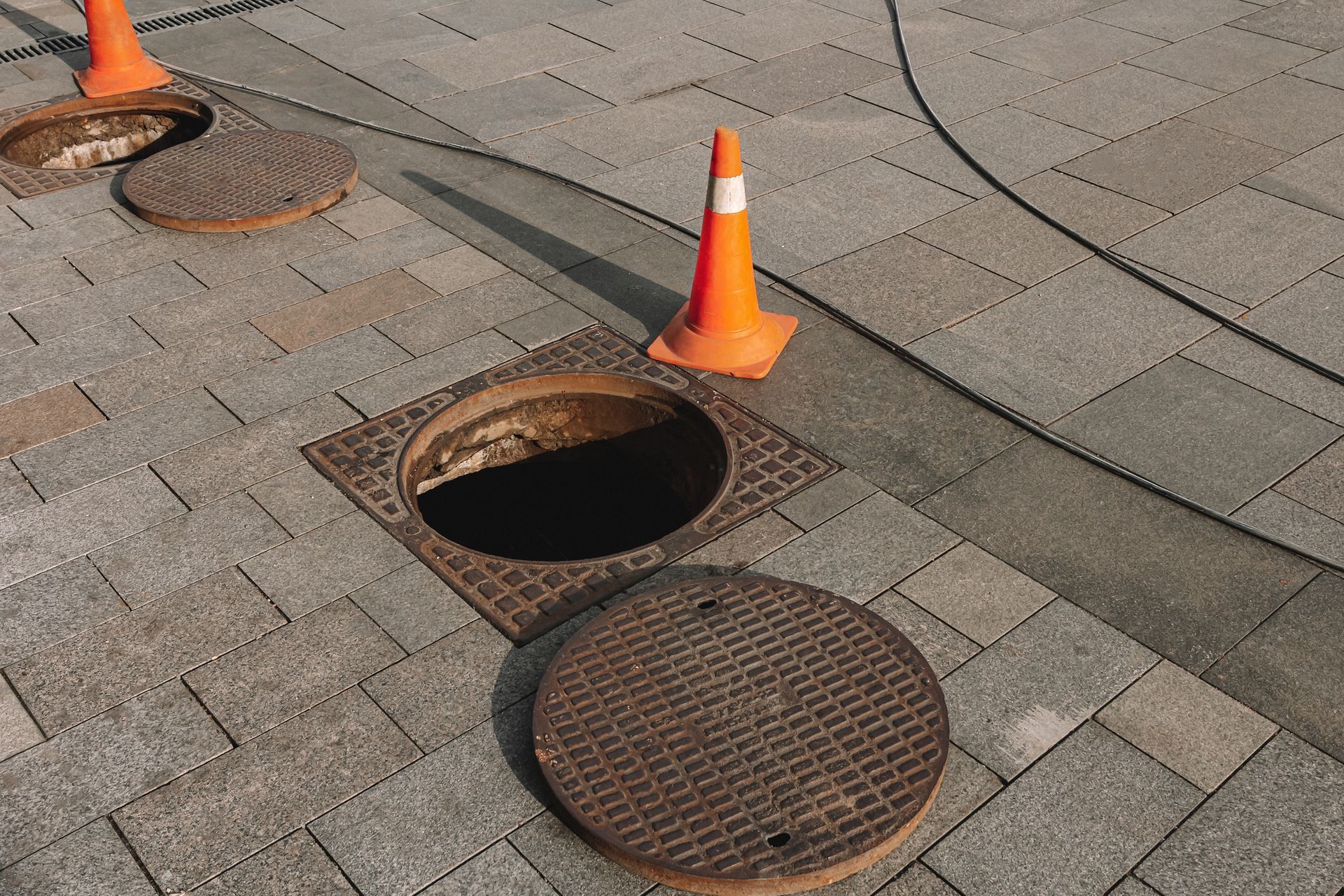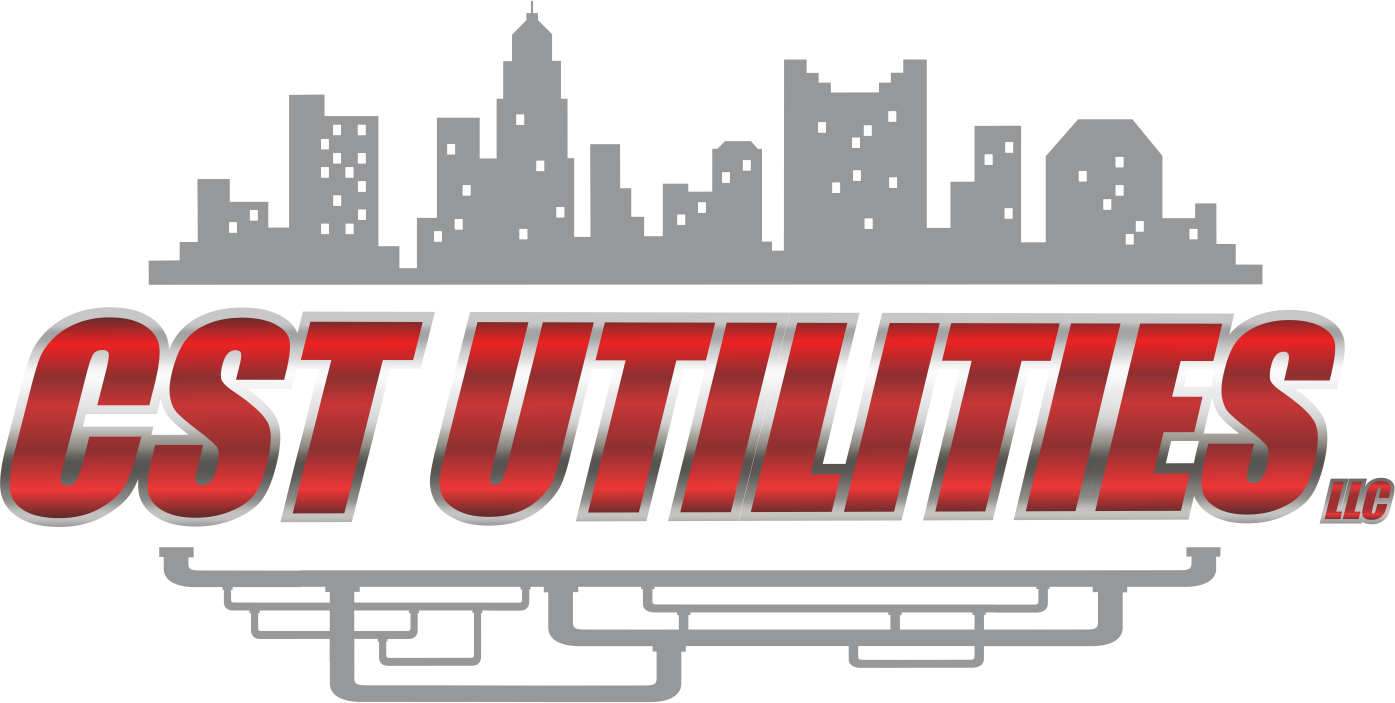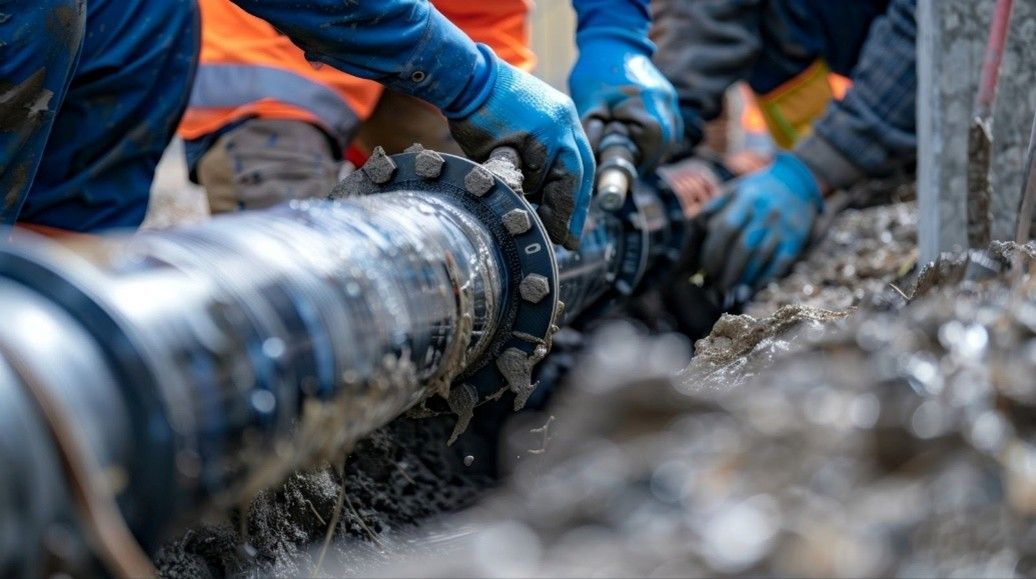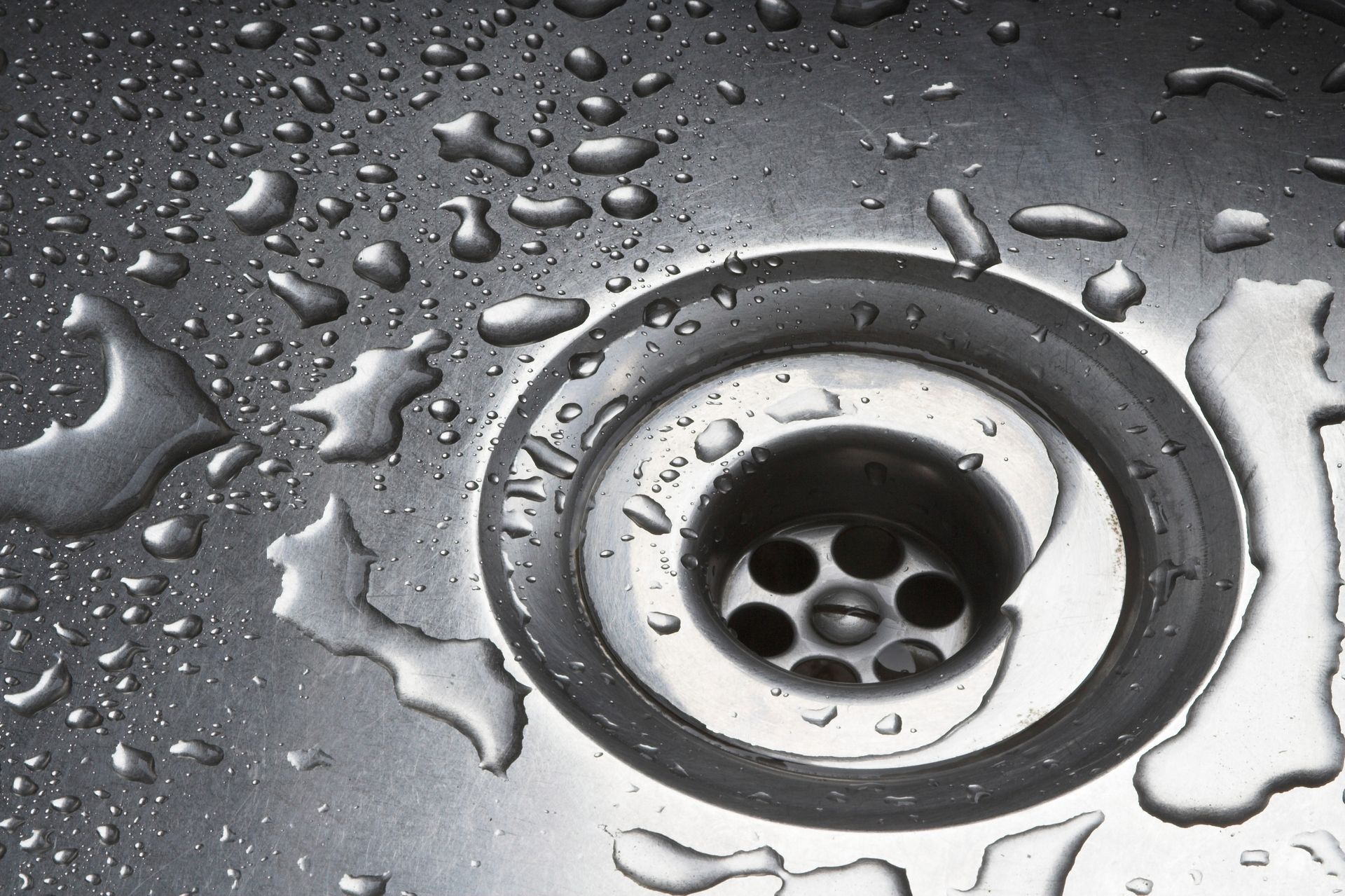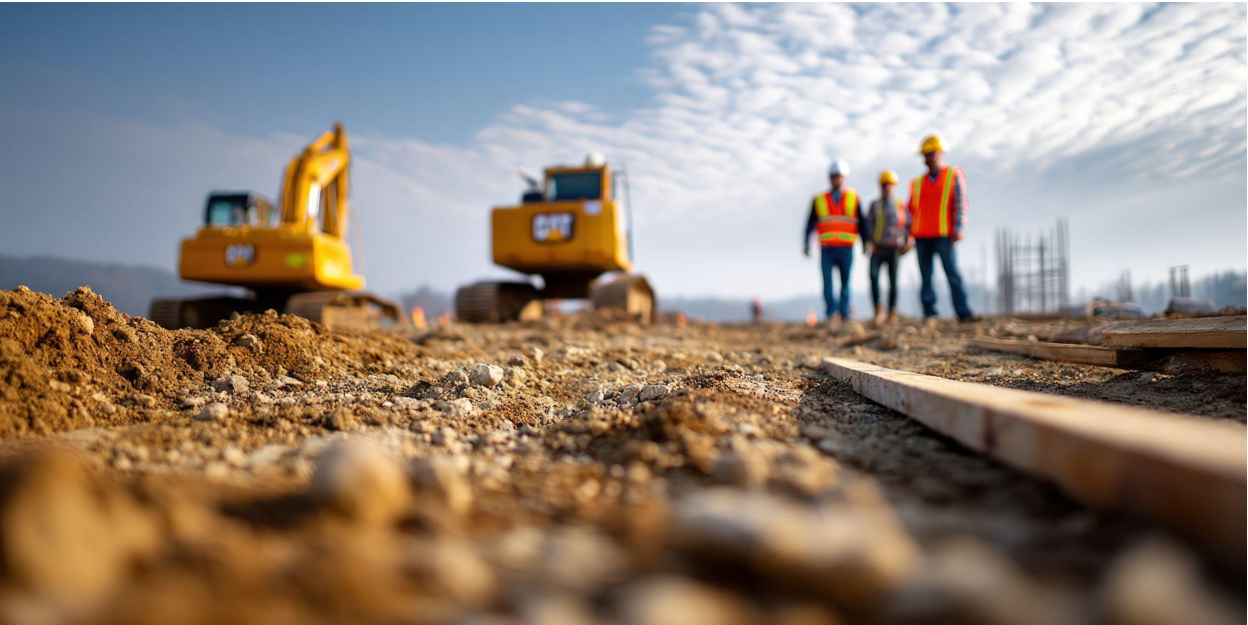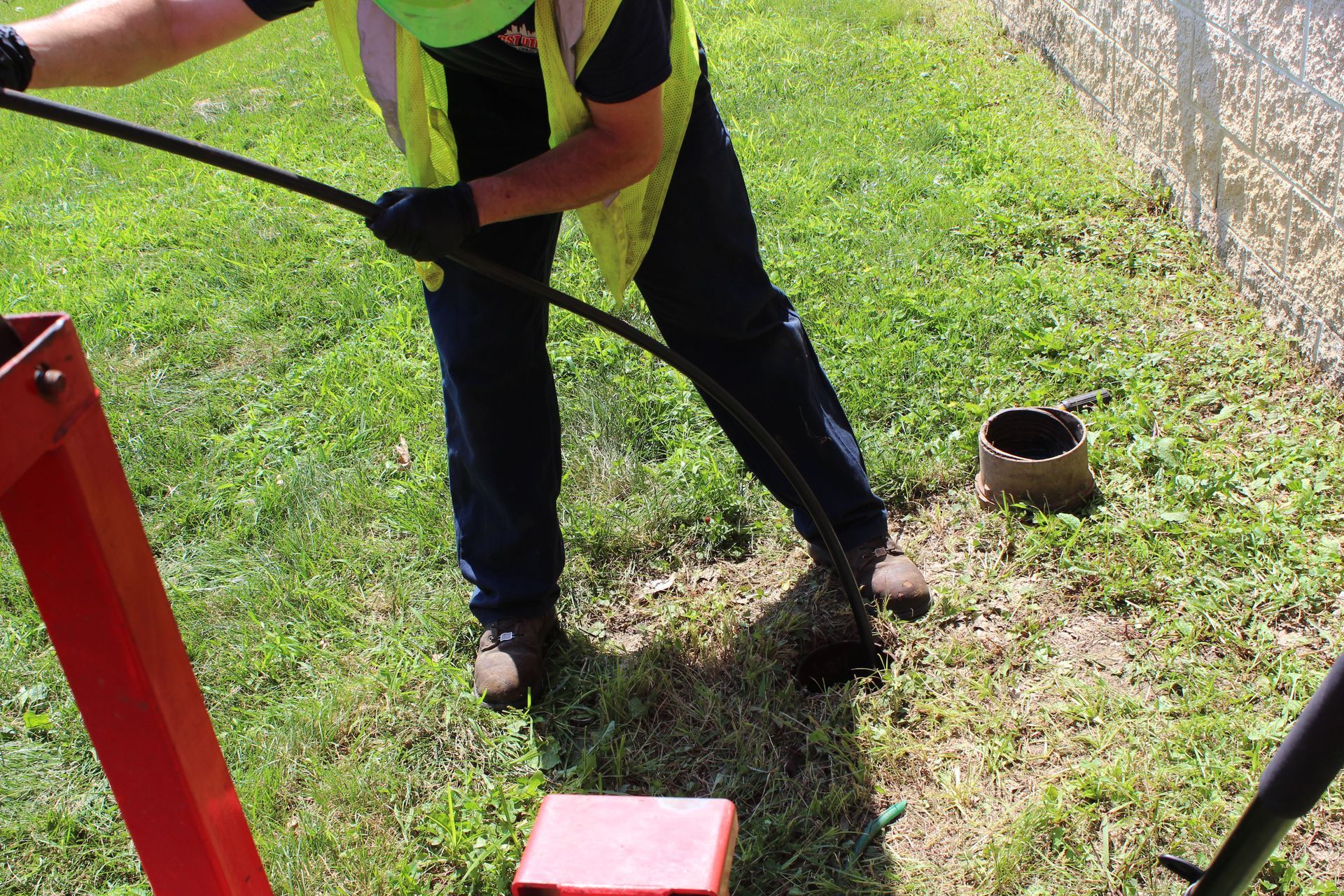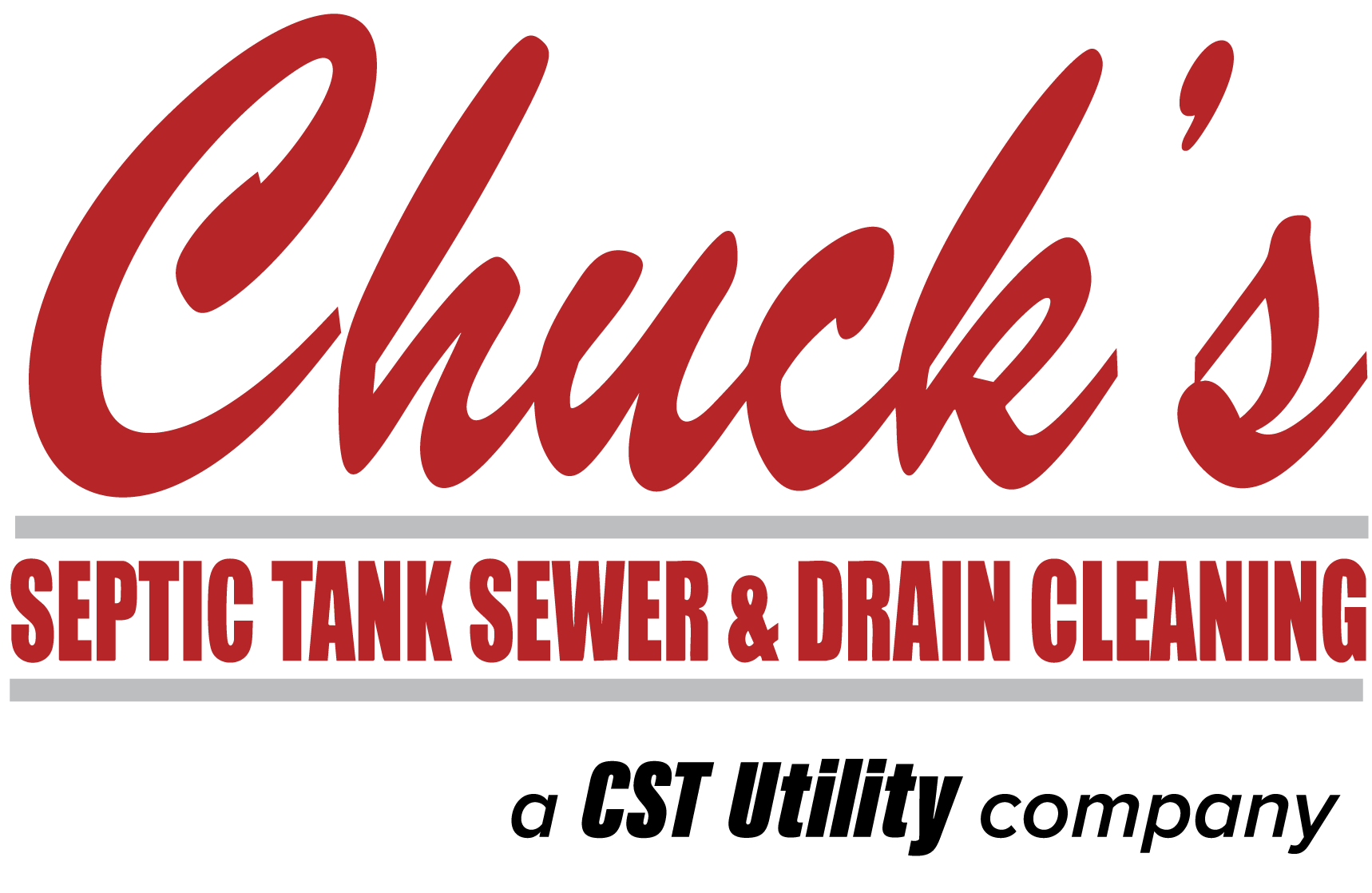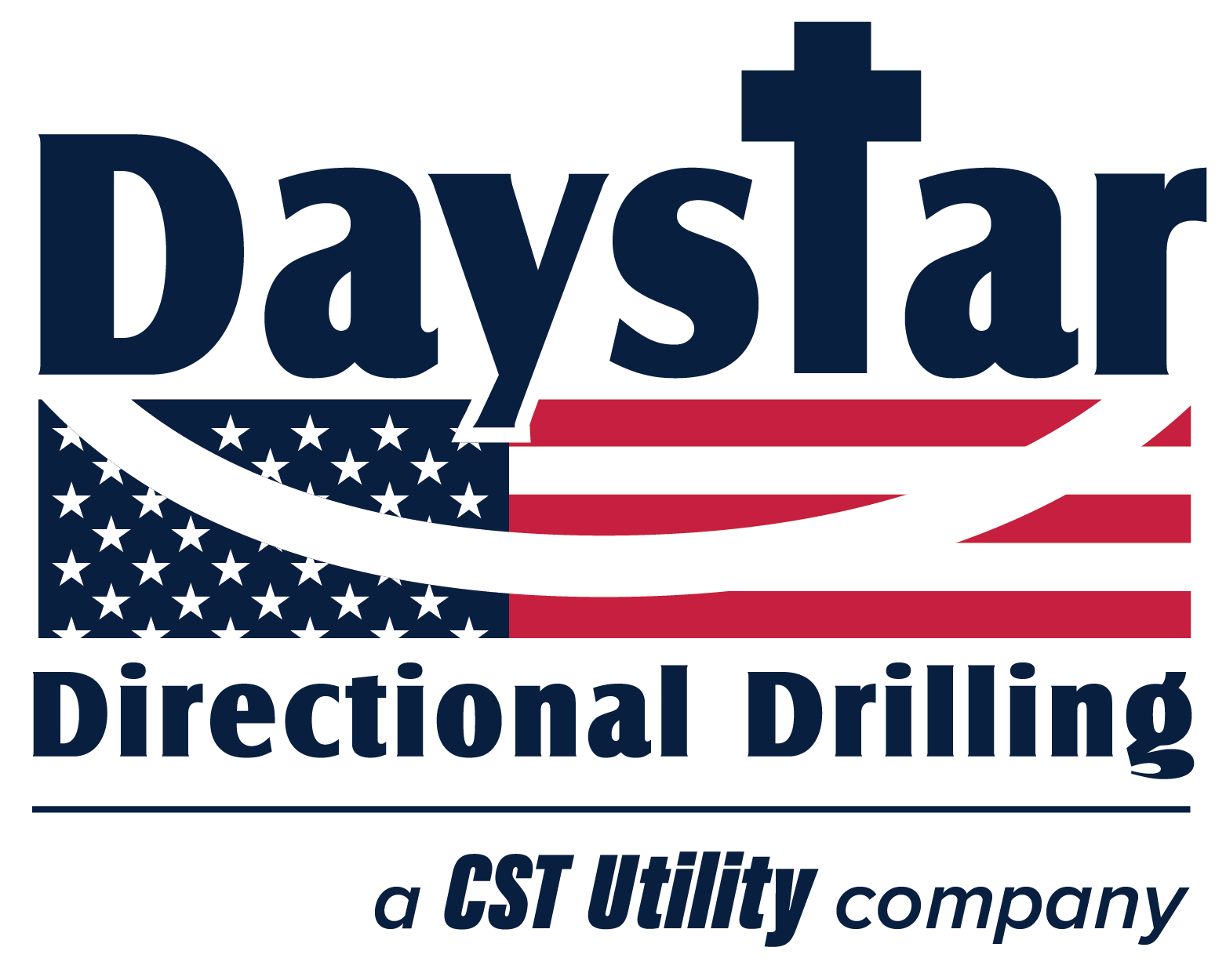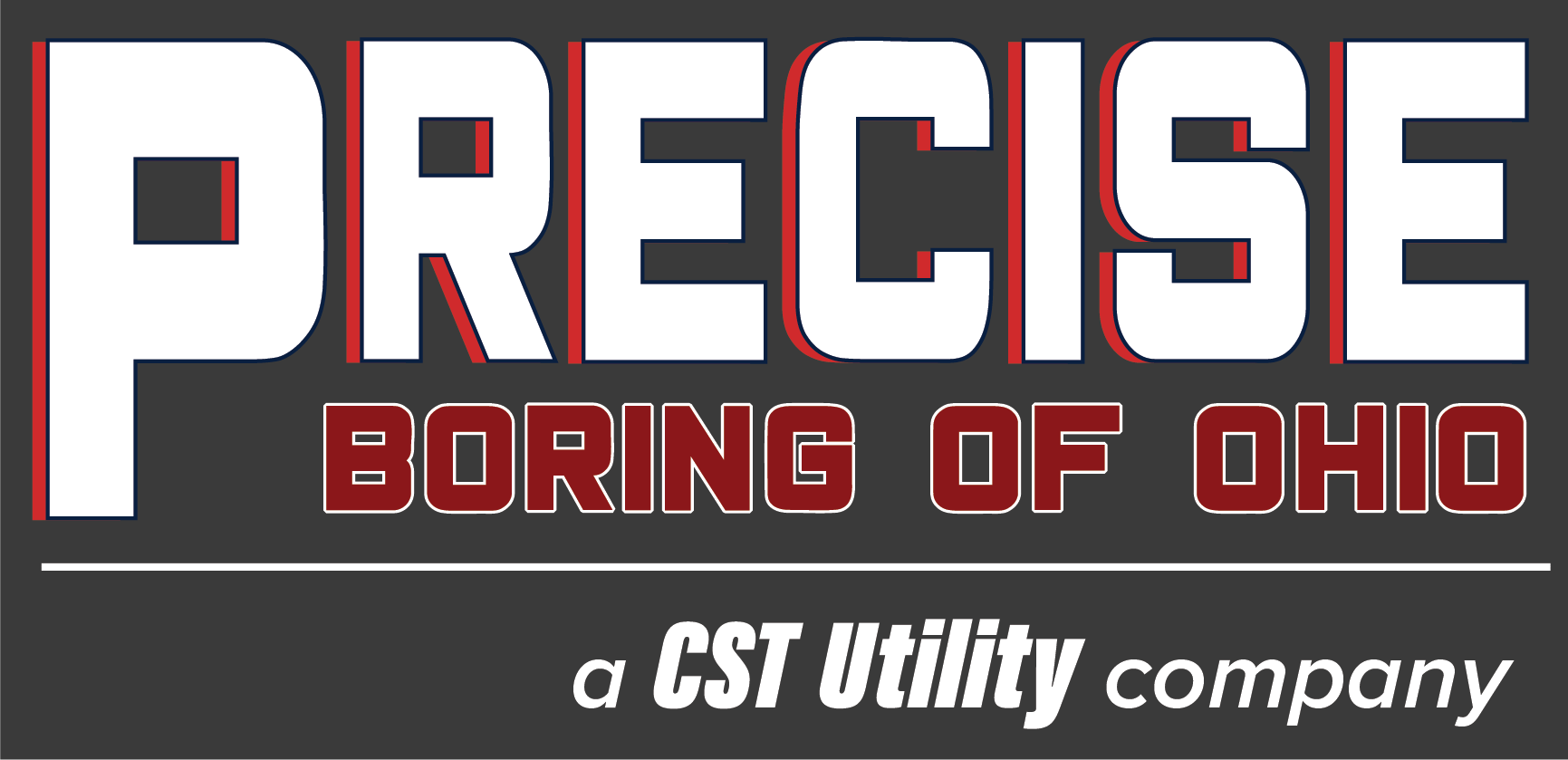How CST Delivers Reliable Hydro Excavation Services
You already know the value of hydro excavation—faster, safer, and more precise digging. The real question is: who can you trust to deliver it efficiently, reliably, and on your timeline?
At CST Utilities, we provide hydro excavation services tailored for contractors, municipalities, and anyone who needs non-destructive digging done right. Our crews don’t just show up with the right equipment—we show up with a deep understanding of what your project demands.
What Sets CST Apart
Proven Experience
We know how to operate within complex project scopes, multi-vendor environments, and
compliance-heavy job sites. We’ve supported utility work, developments, and infrastructure
upgrades.
Responsiveness & Flexibility
Need a crew on-site quickly? Working in phases? Our scheduling and dispatch model is built for
flexibility. We adapt to your workflow, not the other way around.
Documentation You Can Trust
From pre-job briefings to daily site logs, we offer professional documentation and
communication so your team has what it needs for meetings, inspections, and reporting.
Safety-Driven Crews
Our operators are highly trained and adhere to industry safety standards. We work clean and
minimize disruption—whether it’s next to live lines, pedestrian zones, or sensitive infrastructure.
Equipment That Keeps Up
Our hydro vac trucks are well-maintained, high-capacity, and field-ready. Whether you need
potholing, trenching, or line exposure, we show up ready to work with the right setup.
Projects We Support:
- Utility line exposure
- Construction trenching
- Environmental site work
- Pole and sign installation
- City infrastructure maintenance
Your Project. Our Priority. If you need a partner who shows up prepared, communicates
clearly, and keeps your job moving forward, CST is ready to help.
Let’s connect. Whether you’re planning a major build or need short-term excavation support,
we’ll help you get the job done—safely, efficiently, and on your terms.
Contact CST Utilities today to schedule a consultation or request a free quote.

